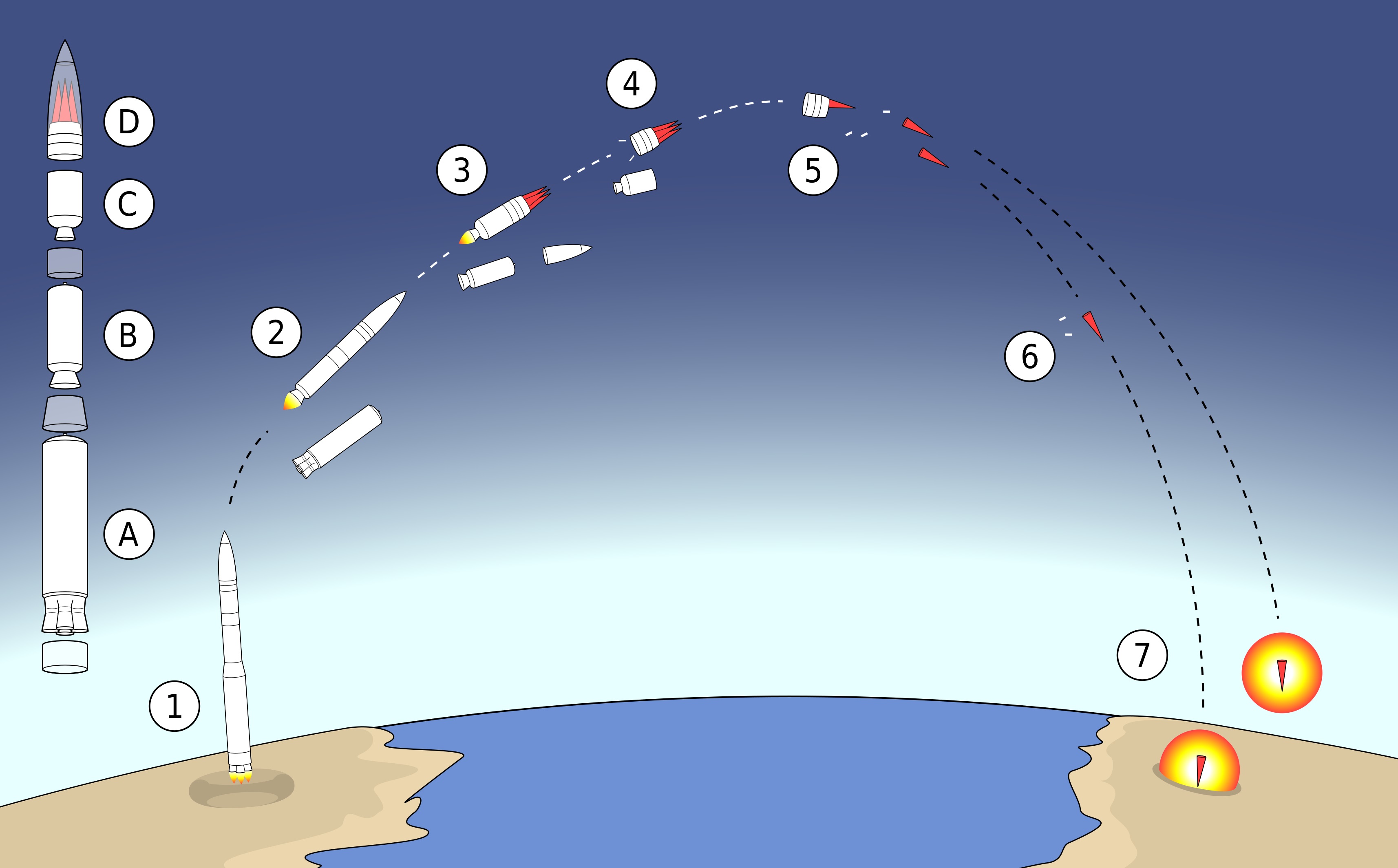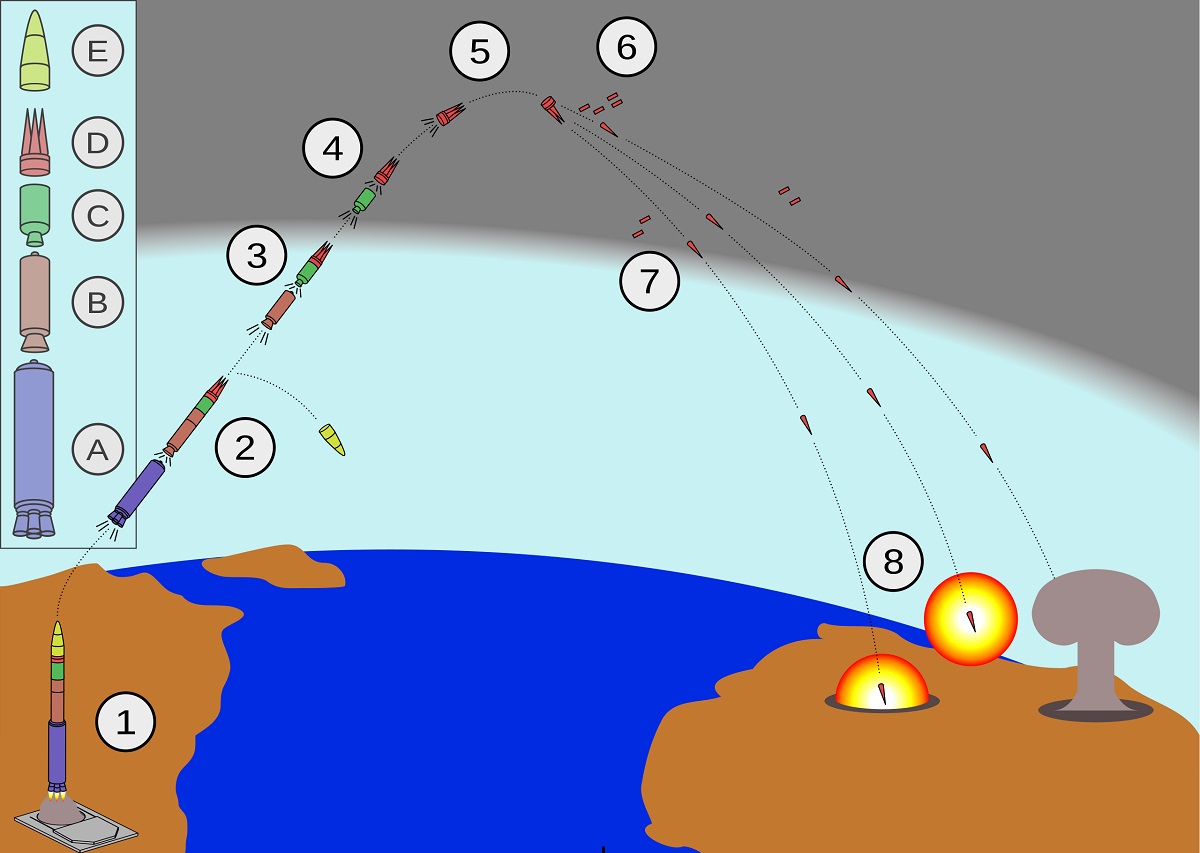Air Force's Sentinel ICBM Will Be Delayed Two Years and Is Getting Super Expensive
Congress was alerted this week that the Sentinel intercontinental ballistic missile program (ICBM) being developed by the United States Air Force and Northrop Grumman will cost 37 percent more than expected and take at least two years longer than previous projections for it to reach initial operational capability.
Sentinel ICBM Will Cost Much More And Take Much Longer Than Expected - When it involves a new military platform, it rarely comes as quickly or, more importantly, as cheaply as anticipated.
This is why the United States Congress passed the Nunn-McCurdy Act (10 U.S.C. §2433), legislation that allows lawmakers to better manage the cost of Major Defense Acquisition Programs. It requires the Pentagon to inform lawmakers if a program will incur a cost or schedule overrun of more than 15 percent.
As Air & Space Magazine noted, any breach over 15 percent is considered "significant," while a breach of 30 percent is considered "critical."
Congress was alerted this week that the Sentinel intercontinental ballistic missile program being developed by the United States Air Force and Northrop Grumman will cost 37 percent more than expected and take at least two years longer than previous projections for it to reach initial operational capability.
That will require the U.S. Air Force to extend the life of some of its Minuteman ICBMs.
The ICBMs comprise one of the three major components of the nuclear triad. Yet, as previously reported, the United States Navy could also see a shortfall in the number of ballistic missile submarines in the coming decade in part due to their rising costs, while the Air Force may also lack a significant bomber fleet.
Sentinel ICBM Cost Hikes and Delays: A Deeply Rooted Problem
The replacement for the ground-based U.S. nuclear arsenal anchored by the Minuteman III has officially busted through its $95.8 billion budget due to the COVID-19 pandemic and inflation, the Air Force acknowledged on Thursday.
The current Minuteman III intercontinental ballistic missile (ICBM) first became operational in the early 1970s. It is a strategic weapon system using a ballistic missile of intercontinental range. Missiles are dispersed in hardened silos to protect against attack and connected to an underground launch control center through a system of hardened cables. Launch crews, consisting of two officers, perform around-the-clock alert in the launch center.
The replacement program is now seeing its costs soar. Factors include larger silos and switching to more durable materials, and the total program cost, now estimated above $131 billion, could grow further as the U.S. Secretary of Defense concludes a review by the summer, Reuters reported.
"It's been over 70 years since we did the ground piece of this," Andrew Hunter, assistant secretary of the Air Force for Acquisition, Technology and Logistics, told the news agency in an interview this week. "We didn't estimate it well."
The cost overrun is largely the result of modernizing the 450 missile silos and their command infrastructure, which includes 7,500 miles of new cables, while the program will require the acquisition of new trucks, training, command buildings and notably 659 missiles. As noted, any small change in the silos given the number is simply magnified.
Too Far In, And Far Too Late
Typically under Nunn-McCurdy, programs in "critical" status would be headed for termination, unless the Secretary of Defense certifies there's no alternative. This will likely be one of those times, and Defense Secretary Lloyd Austin is now expected to make that certification, given the time it could take to start over and the urgency with which the 50-year-old Minuteman missiles must be replaced.
The Department of Defense (DoD) simply no other choice but to push the program through.

While it was originally expected to come in at around $95.3 billion, costs could rise to more than $125. The United States Force said it expects to have a new cost and schedule for the Sentinel by summer 2024 – and that is only if the program is allowed to continue.
"Sentinel is absolutely necessary for the future of our nuclear deterrent," Mike Rogers, chairman of the powerful House Armed Services Committee, said of the platfrom. "I'm committed to conducting vigorous oversight of the program and ensuring the Air Force follows through on making the necessary changes to address the cost overruns."

For now, Sentinel remains on track.
"We're going to continue to execute the program while the Nunn-McCurdy review is happening," Hunter said. "Whether the program's timeline will shift, that is pursuant to the Office of the Secretary of Defense review."
Author Experience and Expertise: Peter Suciu
Peter Suciu is a Michigan-based writer. He has contributed to more than four dozen magazines, newspapers, and websites with over 3,200 published pieces over a twenty-year career in journalism. He regularly writes about military hardware, firearms history, cybersecurity, politics, and international affairs. Peter is also a Contributing Writer for Forbes and Clearance Jobs. You can follow him on Twitter: @PeterSuciu. You can email the author: [email protected].


